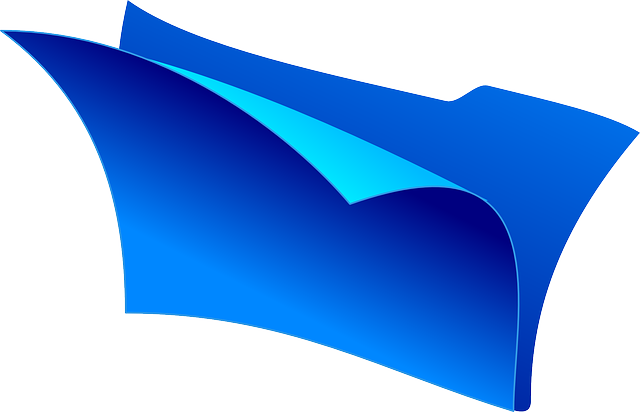Brochures and Flyers
Brochures and Flyers
Educating your utility users will save your system money in the long run by keeping your water clean at the source. Mindful behavior in people’s homes and businesses will minimize costly repairs, upgrades, and increases in utility bills due to treatment requirements. The following ideas and brochures are a good place to start.
Preparing for irrigation season? Use this brochure to encourage proper lawn watering. The less water your customers use, the less wear and tear on your water system. Encourage proper watering with this brochure.
Taste and Odor Brochure for Public Water Systems: Do your customers complain about the taste or odor of their water, despite your treatment efforts? Sometimes the source of these issues can be in their own home plumbing. Use this brochure to explain taste and odor issues, particularly those associated with hydrogen sulfide.
Simple Backflow Prevention Brochure: Backflow incidents can threaten the health of your water users. This is a simple brochure to explain what backflow is, and how to prevent it.
Cross Connection and Backflow Prevention Explained: This brochure goes more into depth on the dangers of cross connections and the responsibilities of water users.
Source Water Protection Explained: This is a simple brochure that explains source water protection and the benefits of creating a plan.
Understanding Your Public Utilities: This brochure gives a simple overview of water and wastewater utilities, and helps customers understand their bill.
Pet Waste Brochure: This brochure is especially helpful for surface water systems. Citizens need to know the importance of cleaning up after their pets; waste can actually affect the public health more than your realize!
Water Conservation Brochure: This brochure provides some tips for using less water in your home and yard, keeping rates low. It also gives a glimpse into where your money goes when you pay your water bill, and an overview of the water cycle.
Cheap Mailer: What NOT to flush! This is a cheap and effective message for your customers: stop flushing inappropriate items, or your bill could get bigger! There are four to a page so it’s cheap for you to print and include in utility bills.
What Not To Flush: This is a great flyer for public utilities or for municipalities that have private septic tanks. Help protect your wastewater treatment plant, as well as public health and safety, by telling people what not to put down the toilet and drain!
Proper Septic Maintenance: Septic systems can be hazardous to public health and drinking water sources if used improperly or not maintained. Educate septic tank owners on their responsibilities to the community and their family.
Fertilizer Awareness: This is a simple flyer you can post or mail to make people aware of the dangers of over-fertilizing.
Safe Fertilizer Use: This is another simple flyer to inform people on how to use and store fertilizers responsibly.
Household Hazardous Waste: Hazardous waste items need to be properly disposed of in order to protect our water sources from pollution. Use this brochure to get the message across. Courtesy of Idaho Department of Environmental Quality.
Private Wells Owner’s Maintenance Guide: Idaho is home to many, many private well owners. Even people within close proximity to public utilities may have multiple wells on their property. Private wells pose a risk to your system’s source of drinking water, because they most likely draw from the same aquifer. Private wells need to be properly maintained to protect public health. Distribute this information to private well owners in your area! Courtesy of Idaho Health and Welfare.
Is Your Well Water Safe? Since private wells are not regulated by any agency, it is up to the well owner to ensure the water is safe for consumption. Protect your family’s health; learn if your well water is safe to drink. Courtesy of Idaho Health and Welfare.
USDA Program Discrimination Complaint Form
Water conservation: These posters were created by IRWA’s Source Water Protection Specialist Melinda Norris. They provide good facts on how you can conserve water in your home and yard.
- Water use pie chart
- Global water availability
- General information on water conservation
- Water conservation in the kitchen
- Water conservation in the bathroom
- Water conservation in the yard
Pollution prevention: These are short documents created by Utah’s Department of Environmental Quality. They provide good facts and suggestions on how to prevent pollution by proper practices at home and in the community.
Assessing the risk of potential contaminant sources: These are short documents created by California’s Water Education Foundation. Instructions provide help with filling out the worksheet. Once completed, potential contaminants within source water delineations will have been ranked numerically for their risk to the source water area, drinking water system, and customers.